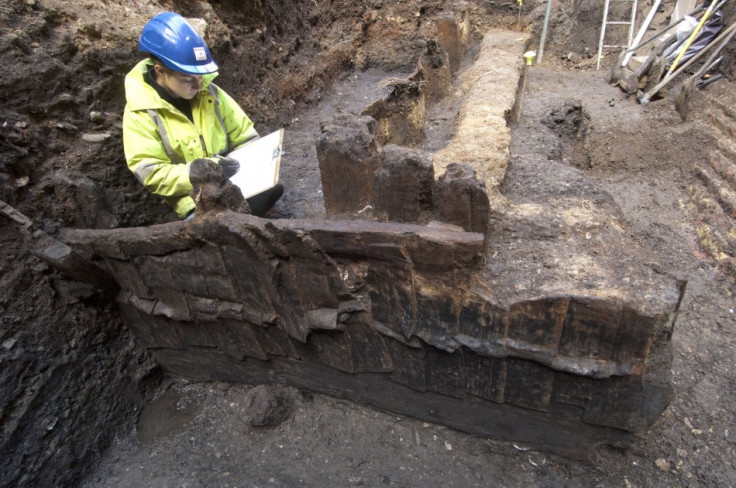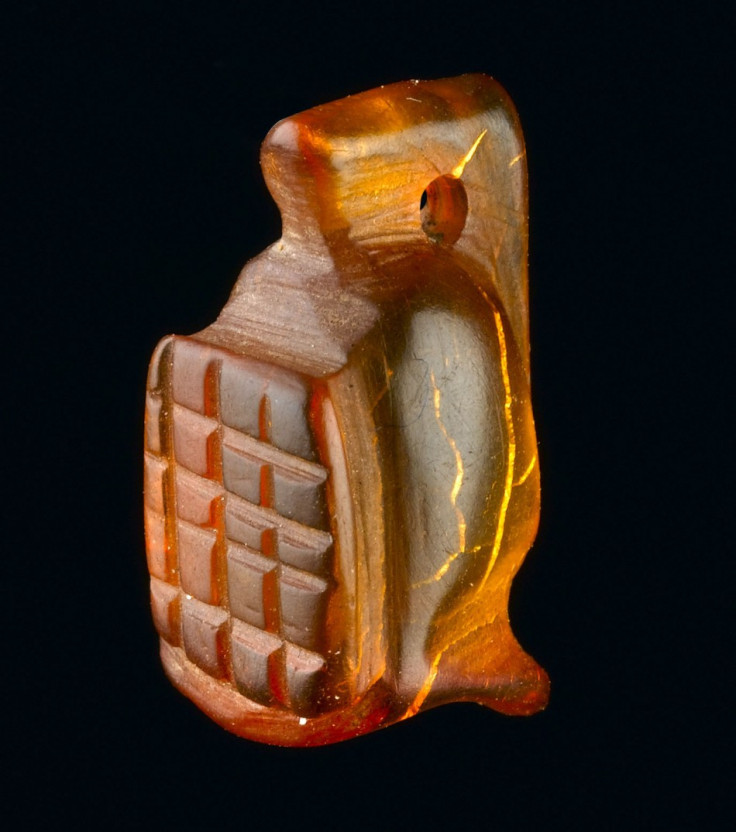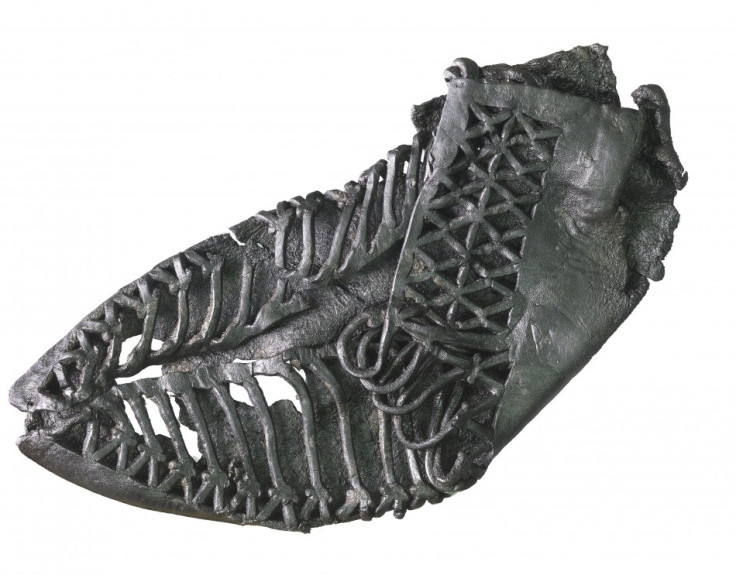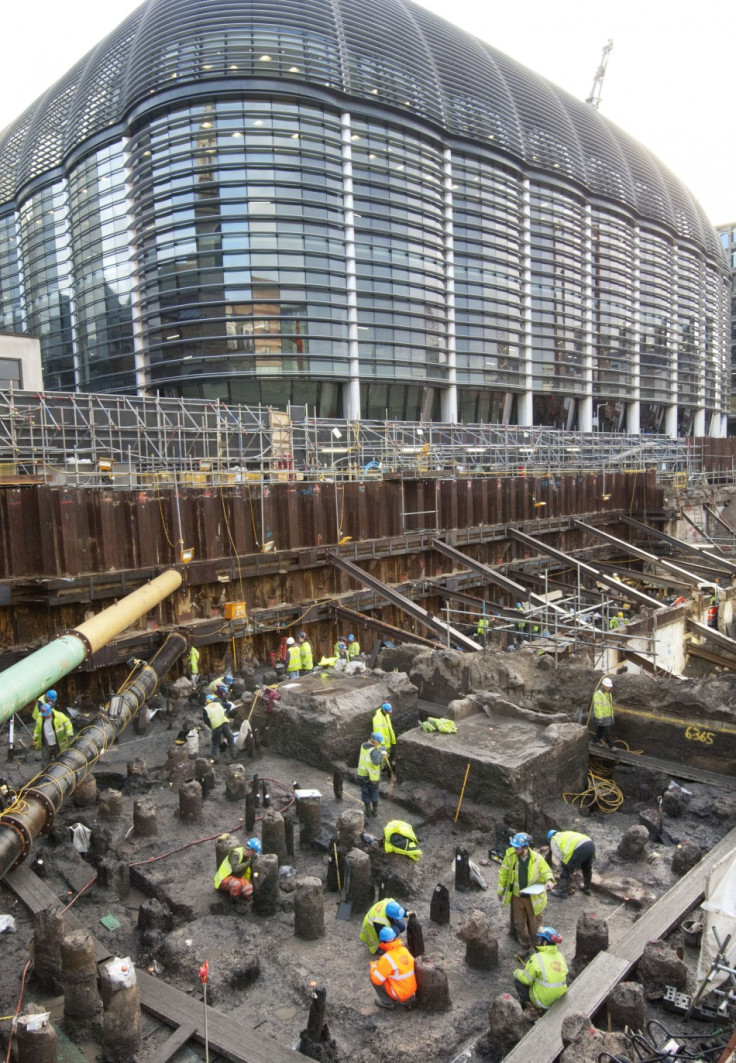Pompeii of the North Excavated under Bloomberg's London HQ [PHOTOS]
Archaeologists find 10,000 artefacts covering entire four centuries of Roman occupation of Britain

Archaeologists in London have uncovered the "Pompeii of the north" in a major dig that has revealed more than 10,000 preserved artefacts spanning the entire Roman occupation of Britain.
The haul was the result of a six-month excavation at Bloomberg Place, a three-acre site in the middle of what was the Roman city of Londinium.
The Museum of London Archaeology (Mola) team dug down seven metres and removed 3,500 tonnes of soil. The objects date from the 40AD to the early fifth century, when the Romans left Britain.
The dig site sits near the lost Walbrook river and the wet soil made for perfect conditions for the archaeological artefacts to survive.
Mola's Sophie Jackson said: "The site is a wonderful slice through the first four centuries of London's existence.

"The waterlogged conditions left by the Walbrook have given us layer upon layer of Roman timber buildings, fences and yards, all beautifully preserved and containing amazing personal items, clothes and even documents - all of which will transform our understanding of the people of Roman London."
Among the finds were a phallus and fist amulets that were thought to be symbols of good luck for Romans. An amber amulet shaped like a gladiator's helmet would have been an expensive object as the resin was difficult to import. It was believed to invoke magical powers.

Other objects at the site included pots, jewellery, charms and Roman coins. A love letter was revealed on a writing tablet and a leather object depicted a gladiator fighting mythical creatures.
The team also found structures made from wood and leather, which rarely survive being buried for so long, leading the archaeologists to name the site the Pompeii of the north.
The wooden buildings suggest there was thriving industry at the time,

The Bloomberg site was first excavated in 1954 by archaeologist W F Grimes who discovered the Temple of Mithras - the most famous excavation of 20<sup>th century London.
The ruins were dismantled for the current excavation but will be remade and will form part of a forthcoming exhibition at Bloomberg's European headquarters in London.

© Copyright IBTimes 2025. All rights reserved.






















